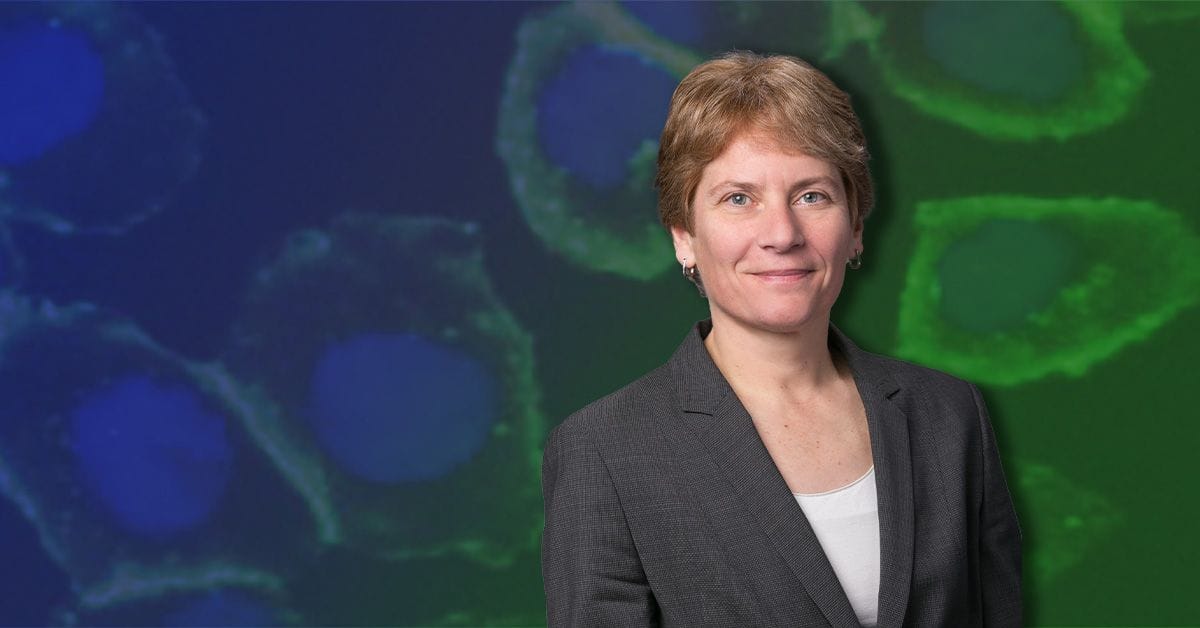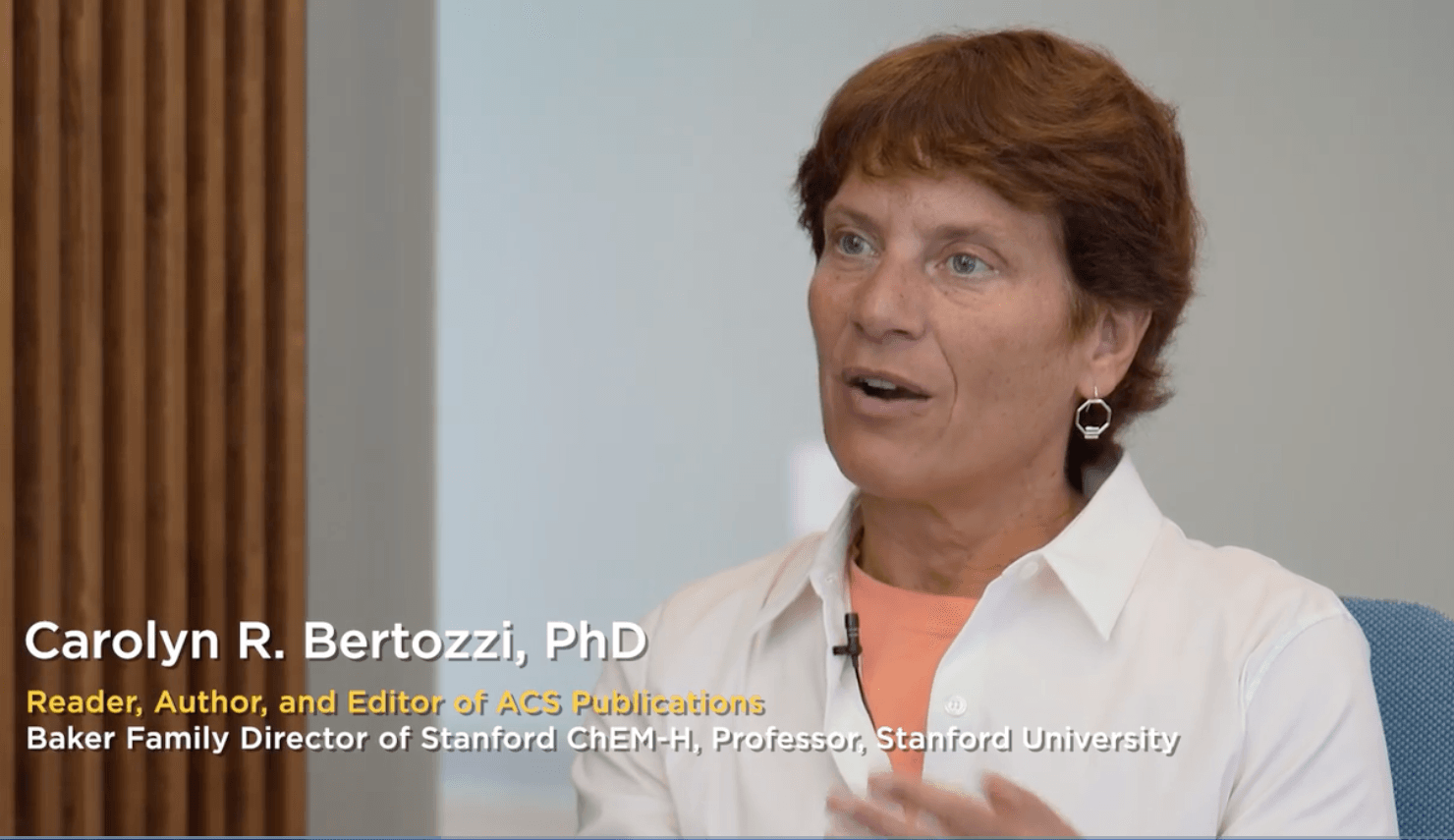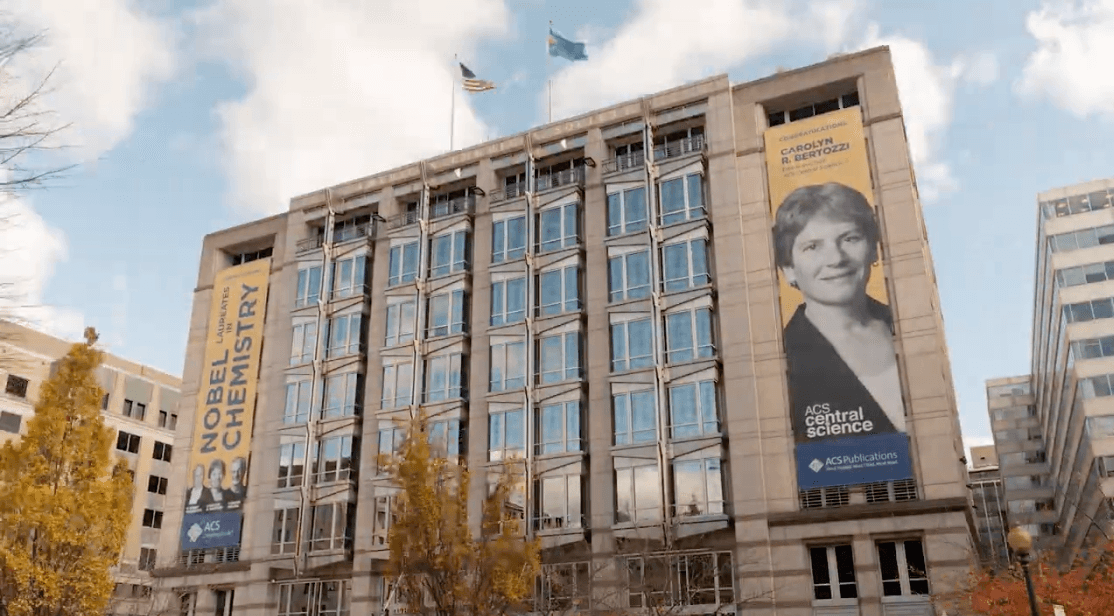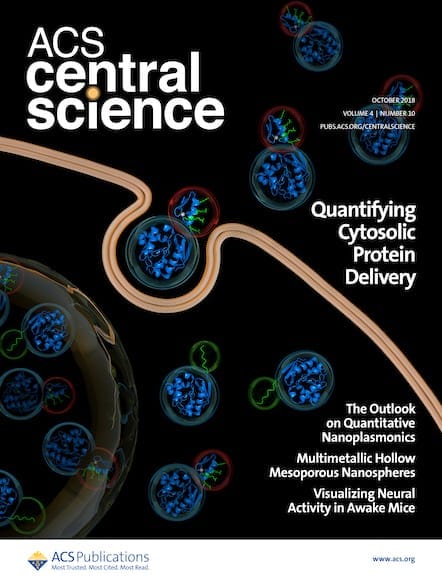The 2022 Nobel prize for Chemistry went to Carolyn R. Bertozzi, Morten Meldal, and K. Barry Sharpless for their seminal work on click and bioorthogonal chemistry. Here, we explore these new fields of chemistry and their incredible journey from the laboratory to life-changing applications.

This article was originally published in December 2022. Updated in September 2023 with additional media and content.
-----------
The field of chemical biology is based on the tenet that unmet needs in the biological sciences can drive innovations and technologies in chemistry. Enter the new disciplines of click and bioorthogonal chemistry, which involve simple and fast chemical reactions that can occur within living organisms without disrupting normal biological function. In recognition of the creation of an entirely new type of chemistry, this important work was awarded the Nobel Prize for Chemistry in October 2022.
In her Nobel lecture on December 8, 2022, prize recipient Carolyn R. Bertozzi explained that the fundamental goal was to invent a new type of chemistry that could be performed in the most complex reaction vessel: the living organism. This runs counter to the traditional view of chemical reactions and laboratory experiments, which allow control of all parameters.
In the early 1990s, the team were studying whether changes in cell surface glycosylation could be visualized in living systems, and how these might be associated with disease—but at that time there was no technology available to image cell-surface sugars. This is the original unmet biological need that drove the development of bioorthogonal chemistry.
Initial radical hypotheses were realized with the inaugural reaction: the development of the Staudinger ligation of azides with triarylphosphines, and demonstration of its use in cultured cells and live animals.1,2 Just a few short decades later, it is clear that these building blocks have huge potential utility, from materials and drug development to diagnostics.
Professor Bertozzi has a long-standing history with ACS. She has been a member for 32 years and is an ACS Fellow. She is also the founding and current Editor-in-Chief of ACS Central Science, the first fully open-access journal from ACS Publications. In celebration of the remarkable impact of click and bioorthogonal chemistries, Professor Bertozzi has curated a Bioorthogonal and Click Chemistry Virtual Issue, highlighting papers published across ACS journals that build upon the foundational work.
In her editorial for the Virtual Issue, she describes the early research into bioorthogonal chemistry (an unnamed concept at the time) and the “constellations of attributes” that would be needed for these types of chemical reactions—and how the trajectory ultimately converged with work by other groups in the equally new field of click chemistry.3
The representative collection in the Virtual Issue reflects a wide range of applications, mechanistic studies, and further reaction developments. It includes the bedrock of the science, from the publication of early experiments 20 years ago with the Staudinger ligation4 and in situ click chemistry,5 to cutting-edge work on bioorthogonal theranostics for cancer6 and targeted gene activation in mammalian cells.7
It is exciting to see how the chemistry has evolved—from the modest aim in a research lab of imaging sugar molecules, to the development of far-reaching tools pushing the boundaries of knowledge in many related fields. Today, bioorthogonal reactions are already being widely used in applications from glycan engineering to in vivo imaging—and based on numerous new reactions that can be performed predictably in a biological setting. As an increasing number of researchers explore and apply chemical reactions in living systems, it is clear that there are countless ways in which the field may continue to advance.8
In the closing of her Nobel lecture, Professor Bertozzi notes that bioorthogonal chemistry represents a legacy of curiosity-driven basic science and describes how it builds on the work of previous generations. Congratulations once again to Professor Bertozzi and her peers for this remarkable achievement. And here’s to staying curious.
(New!) Watch an Interview With Professor Bertozzi
In this exclusive interview, Prof. Bertozzi discusses the invention and growth of bioorthogonal chemistry, its applications across numerous fields, and the mission of her research lab at Stanford University.
Listen to Professor Bertozzi’s Nobel Prize Lecture
Watch congratulatory banners unfurl at the ACS headquarters in Washington, DC (Time-Lapse)
Learn More
ACS Chemical Biology Virtual Issue: Click & Bioorthogonal Chemistry
Chemical Reviews Special Issue: Click Chemistry
JACS in Conversation interview with Professor Morten Meldal
2022 Nobel Prize in Chemistry article in C&EN
References
- Saxon, E. and Bertozzi, C. R. Cell Surface Engineering by a Modified Staudinger Reaction. Science 2000, 287, 2007–2010.
- Prescher, J. et al. Chemical remodelling of cell surfaces in living animals. Nature 2004, 430, 873–877.
- Bertozzi, C. A Special Virtual Issue Celebrating the 2022 Nobel Prize in Chemistry for the Development of Click Chemistry and Bioorthogonal Chemistry. ACS Cent. Sci.
- Lemieux, G. A. et al. A Fluorogenic Dye Activated by the Staudinger Ligation. Am. Chem. Soc. 2003, 125, 16, 4708–4709.
- Manetsch, R. et al. In Situ Click Chemistry: Enzyme Inhibitors Made to Their Own Specifications. Am. Chem. Soc. 2004, 126, 40, 12809–12818.
- Chow, S. Y. and Unciti-Broceta, A. Targeted Molecular Construct for Bioorthogonal Theranostics of PD-L1-Expressing Cancer Cells. JACS Au 2022, 2, 7, 1747–1756.
- Lu D, et al. Bioorthogonal Chemical Epigenetic Modifiers Enable Dose-Dependent CRISPR Targeted Gene Activation in Mammalian Cells. ACS Synth. Biol. 2022, 11, 4, 1397–1407.
- Devaraj, N. K. The Future of Bioorthogonal Chemistry. ACS Cent. Sci. 2018, 4, 8, 952–959.



